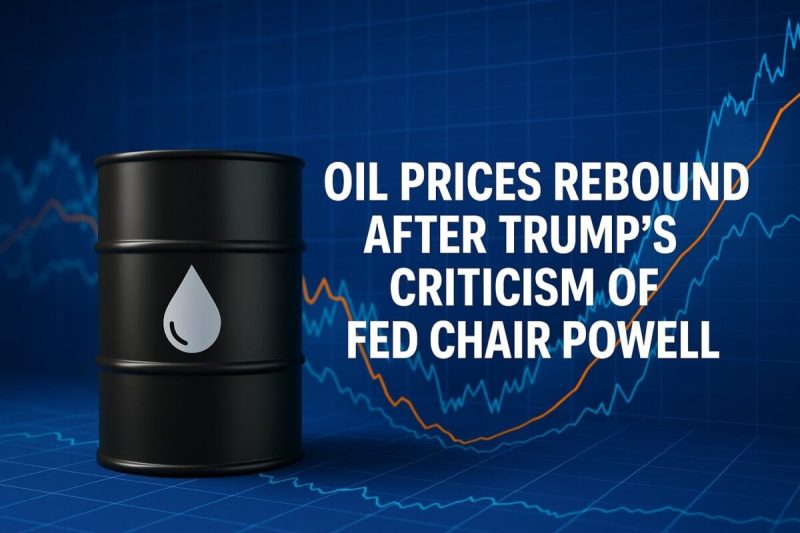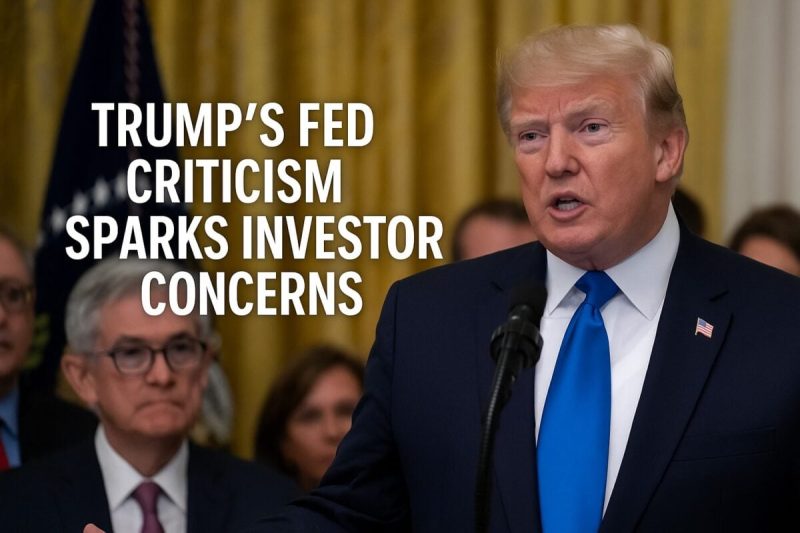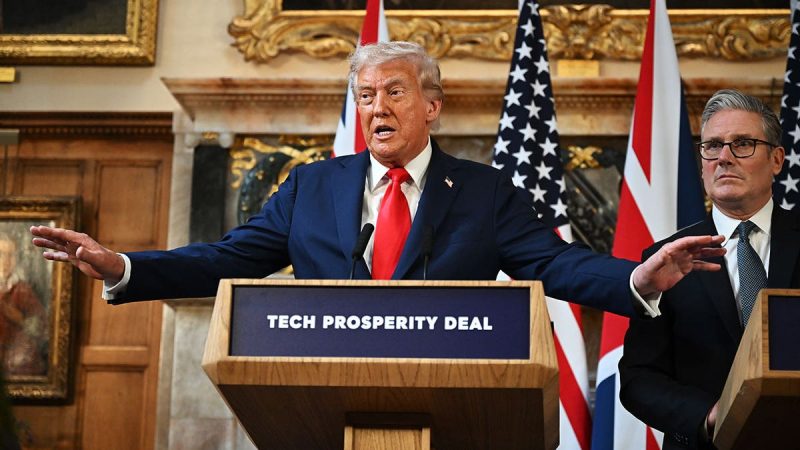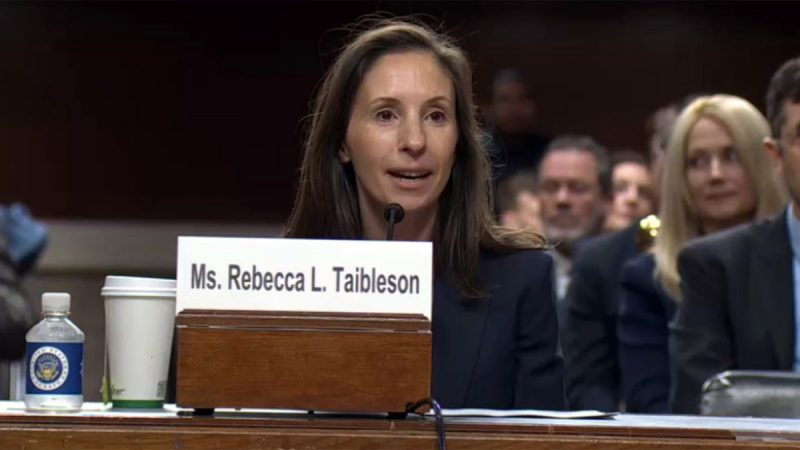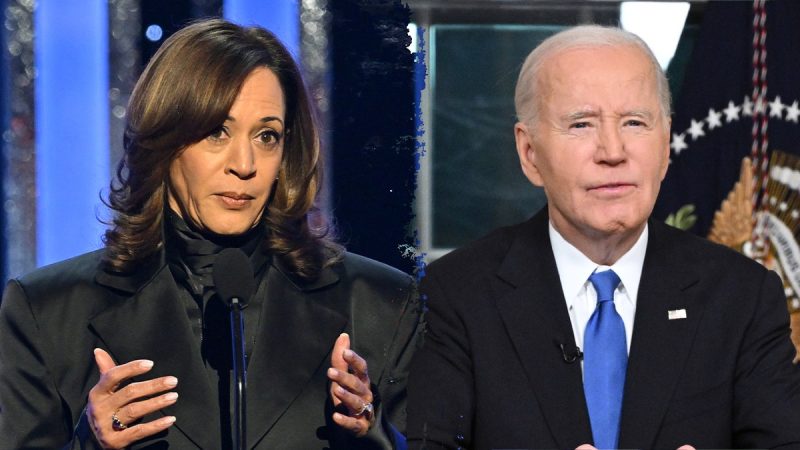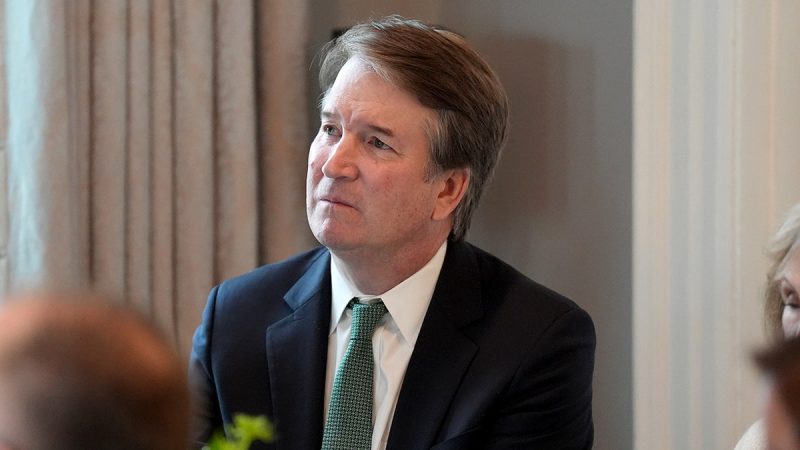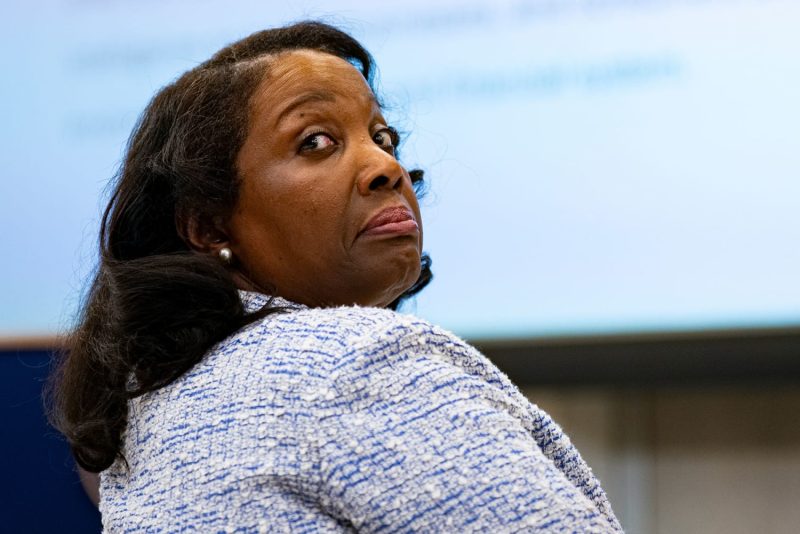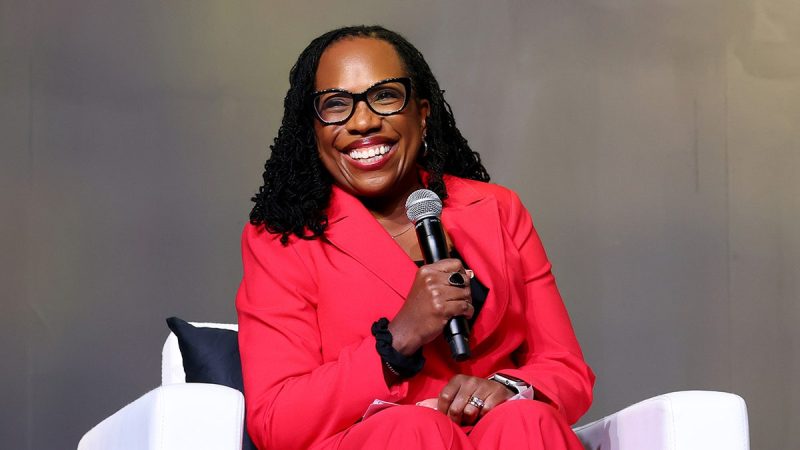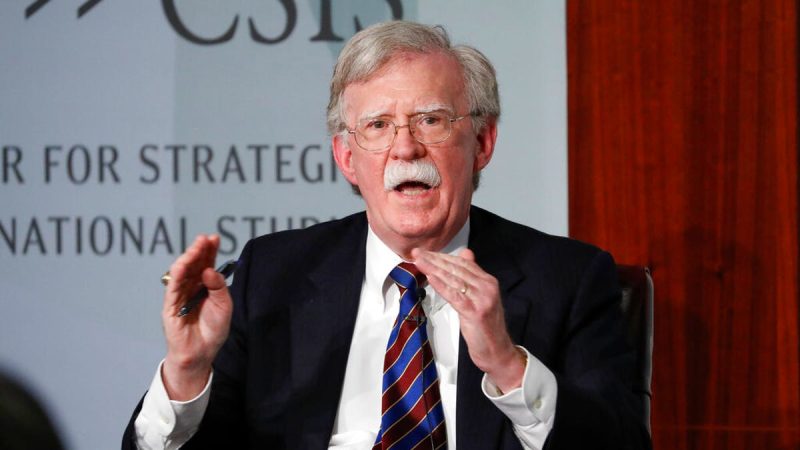
WASHINGTON (Reuters) – President-elect Donald Trump has tasked billionaire Elon Musk and former Republican presidential candidate Vivek Ramaswamy with finding deep cuts in the $6 trillion federal budget. Musk has said he aims to cut spending by 30%, while Ramaswamy has called for firing half of the federal workforce.
The U.S. federal civilian workforce is the country’s largest employer. Here’s who these workers are:
HOW MANY PEOPLE DOES THE GOVERNMENT EMPLOY?
The U.S. government employs about 2.3 million civilian workers, according to the White House personnel office.
That workforce has grown 7% since 2019 as Democratic President Joe Biden’s administration hired construction managers, engineers and other experts to oversee big projects authorized by the 2022 infrastructure package, according to the Partnership for Public Service.
The size of the workforce has remained steady at about 0.6% of the U.S. population since 2010, the nonprofit group says. That’s smaller than in decades past, when federal workers equaled 1% of the population in the 1960s and more than 2% in the 1940s.
WHO ARE THESE WORKERS?
Federal workers tend to be older: 42.5% are over 50 years old, compared to 33.2% of U.S. workers overall, according to the Partnership for Public Service.
Federal workers likewise are more educated: 54% have a bachelor’s degree or higher, compared with 40% of U.S. workers overall.
About 30% of federal workers have served in the military, compared with 5% of the total U.S. workforce.
HOW MUCH DOES THEIR SALARY COST TAXPAYERS?
The government spent $271 billion on salary and benefits for those workers in the 2022 fiscal year, according to the Congressional Budget Office, equal to 4.3% of total spending that year.
CBO found that the government would spend about 10% on wages if it matched salaries paid in the private sector. Lower-skilled workers who lack a college degree tend to be paid more than their private sector counterparts, CBO found, while those with college or professional degrees were paid less.
WHO DO THESE WORKERS WORK FOR?
National security-related agencies account for roughly 70% of the civilian workforce. The largest employers were the Department of Veterans Affairs, with 487,000 workers, followed by the armed services, the Department of Homeland Security, and the Justice Department.
WHERE DO THEY LIVE?
Federal workers are spread out across the country, with 80% located outside the Washington region.






